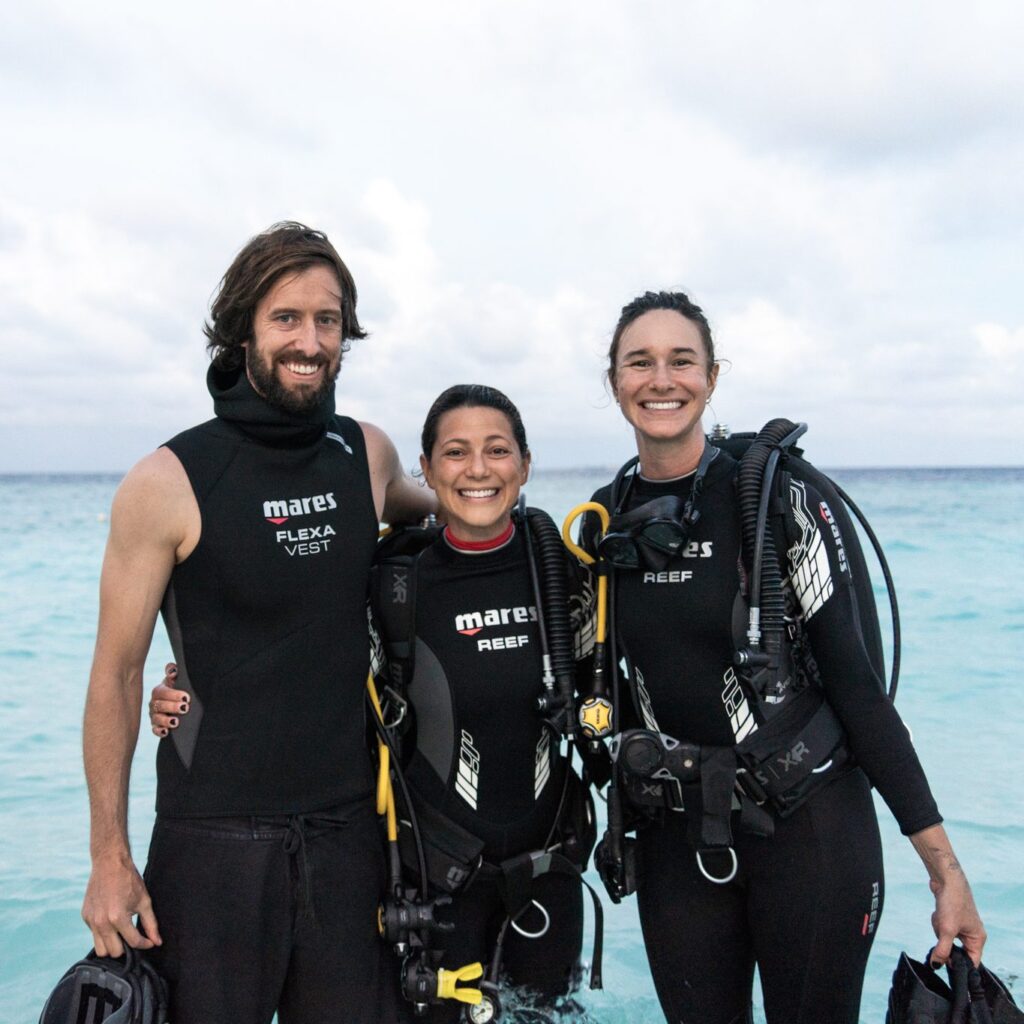The Galapagos Islands, a UNESCO World Heritage Site and Biosphere Reserve located in the Pacific Ocean, are known for their unique wildlife and conservation efforts. Conservation success stories include the recovery of the giant tortoise population through captive breeding and habitat restoration. Efforts to remove invasive species and protect the marine ecosystem have also been successful. Visitors to the islands can experience wildlife up close, participate in eco-friendly activities, and support sustainable tourism practices. By promoting conservation and supporting ongoing efforts, travelers can help ensure the preservation of the Galapagos Islands for future generations.
Exploring the Galapagos Islands: Conservation Success Stories in the Pacific Ocean
The Galapagos Islands
The Galapagos Islands, located in the Pacific Ocean approximately 1,000 kilometers off the coast of Ecuador, are a UNESCO World Heritage Site and a Biosphere Reserve. The islands are renowned for their unique wildlife, including giant tortoises, marine iguanas, and blue-footed boobies, all of which contributed to Charles Darwin’s theory of evolution.
Conservation Efforts
Due to the fragile ecosystem of the Galapagos Islands, conservation efforts have been a top priority for both the Ecuadorian government and various organizations. One of the most notable success stories is the recovery of the giant tortoise population, which was on the brink of extinction due to habitat destruction and invasive species.
Giant Tortoises
Thanks to captive breeding programs and habitat restoration efforts, the giant tortoise population has rebounded significantly in recent years. Conservationists have also worked to remove invasive species such as rats and goats from the islands, which have had a detrimental impact on native flora and fauna.
Marine Conservation
Marine conservation is also a key focus in the Galapagos Islands, with strict regulations in place to protect the delicate marine ecosystem. The waters surrounding the islands are home to a diverse array of marine life, including sharks, rays, and sea turtles. Conservation efforts have led to the establishment of marine reserves and fishing restrictions to ensure the long-term sustainability of the marine environment.
Exploring the Islands
Wildlife Watching
One of the main attractions of the Galapagos Islands is the opportunity to see wildlife up close in their natural habitat. Visitors can take guided tours to see giant tortoises, marine iguanas, and various bird species such as the famous blue-footed booby. Snorkeling and diving in the crystal-clear waters also offer the chance to see sea lions, penguins, and colorful fish.
Hiking and Eco-Tourism
Exploring the volcanic landscapes of the Galapagos Islands is a must for nature enthusiasts. Hiking trails lead to stunning viewpoints overlooking the islands, while eco-friendly lodges and tour operators promote sustainable tourism practices. Visitors can also learn about conservation efforts through educational programs and volunteer opportunities on the islands.
Conclusion
The Galapagos Islands stand as a testament to the success of conservation efforts in preserving unique ecosystems and wildlife. By visiting the islands and supporting sustainable tourism practices, travelers can contribute to the ongoing conservation work and help ensure that the Galapagos Islands remain a haven for biodiversity for generations to come.
